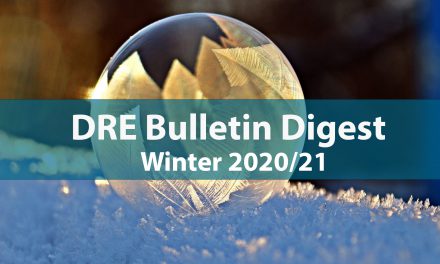Where is the real estate market in the 2020 recession as we head into Q2 2021?
- Heading toward a slowdown in sales. (56%, 27 Votes)
- On its way to a full recovery. (44%, 21 Votes)
Total Voters: 48
As COVID-19 vaccines become more widely available, homebuyers and sellers who have waited patiently on the sidelines during this pandemic finally feel like it’s their turn to play.
At the end of January 2021, 52% of survey respondents claimed they were currently comfortable moving houses. But 70% said they will be comfortable once vaccines are widely available, according to a Zillow survey.
This translates to an additional 14 million U.S. households interested in moving post-vaccine than prior to the vaccine rollout.
As vaccine availability continues to increase, have these survey responses become a reality?
Since spring reports on home sales volume and prices run roughly two months behind, no home sales data is yet available for spring 2021. But if the trend continues from Q1 2021, households seeking to both buy and sell are on the rise in Q2.
More willing homebuyers and sellers will result in greater rates of turnover, and higher home sales volume. Further, rising home prices naturally follow a period of rising home sales volume. Thus, 2020’s average 10%+ annual home price increase here in California may continue for several more months.
But there are several factors pointing to any 2021 jump in transactions being short lived.
Obstacles for housing ahead
Even as the pandemic continues its impact in 2021, COVID-19 anxiety and restrictions are gradually beginning to lift. With these shifts in sentiment, many households are looking to make changes of their own, including moves they had put on hold during the height of the pandemic.
However, there is a large gap between dreaming about moving and making it a reality.
Several obstacles are in the way of an improving housing market in 2021, including:
- higher mortgage interest rates, causing reduced buyer purchasing power;
- the coming expiration of the foreclosure and eviction moratoriums, which will put downward pressure on home values;
- a severe lack of residential construction, continuing the supply-and-demand imbalance which leads to fewer home sales; and
- 1.4 million jobs still missing in California, evidence of a long jobs recovery ahead.
One thing you can be certain of: the pandemic and the recession are not one and the same. The economic recession was building for months before COVID-19 was on anyone’s radar. Therefore, the underlying economics of the 2020-2021 recession will also need to work themselves out before a true recovery can begin.
The vaccine offers some relief, to be sure, but it’s not the cure for a full recovery. The only cure for the economic recession is a recovery of all incomes lost, expected to occur around 2024. Visit the firsttuesday Real Estate Economic Timeline for a breakdown of these events.














